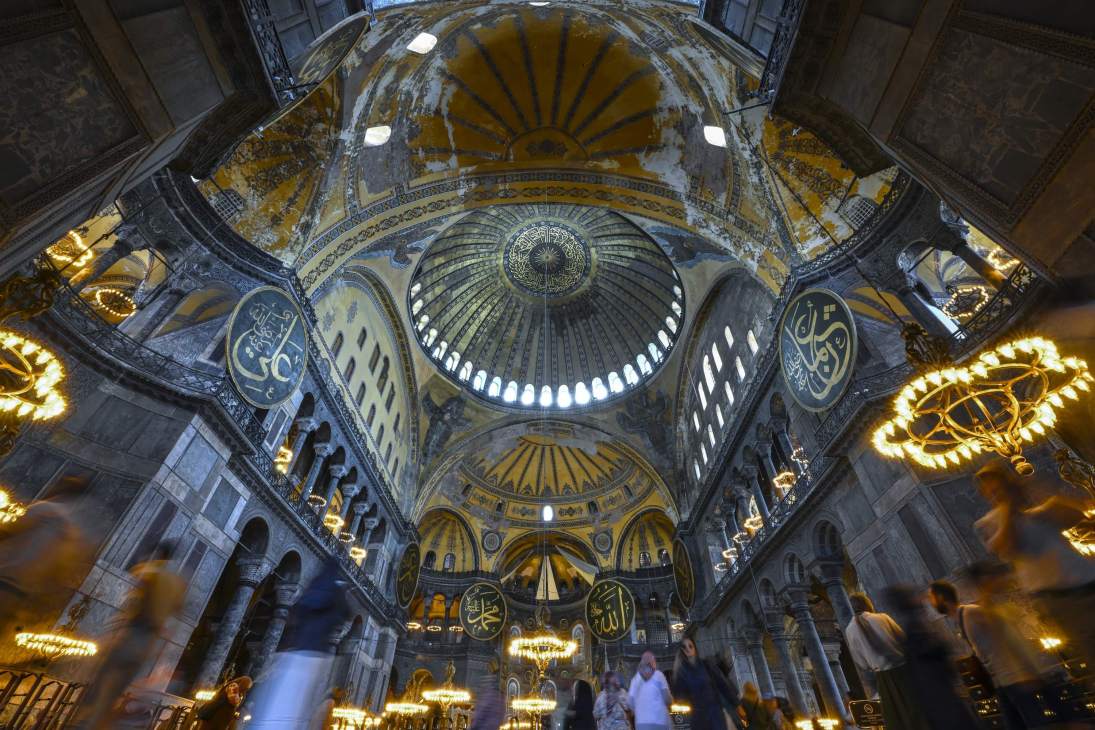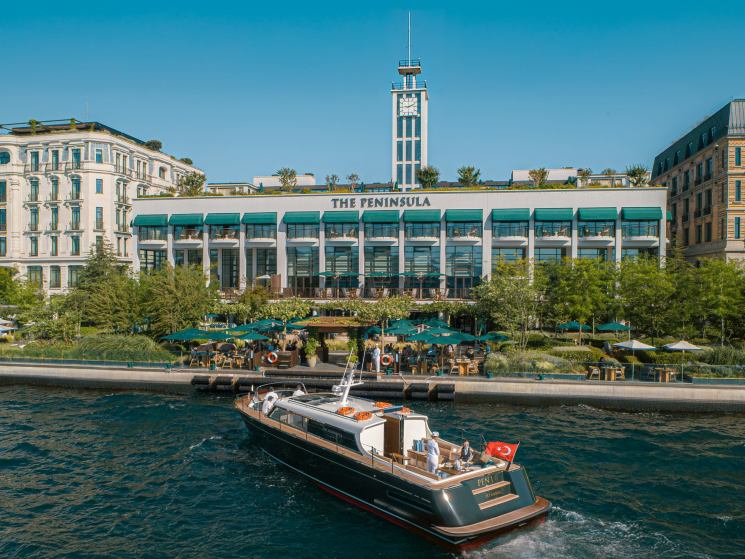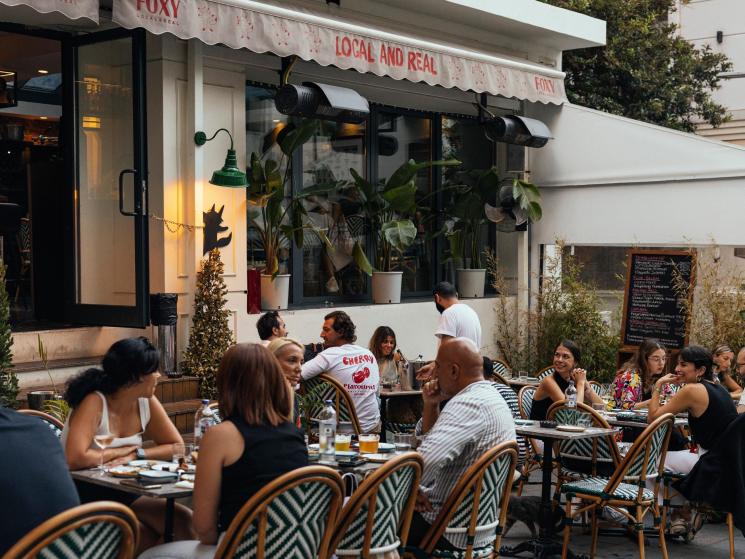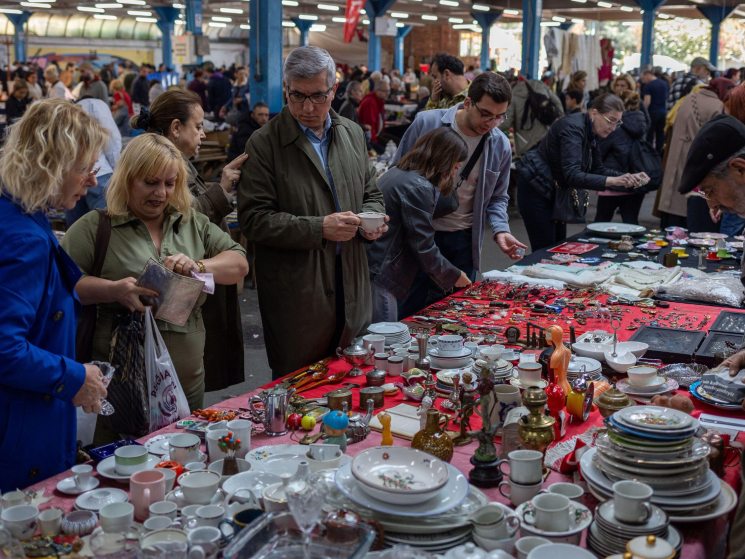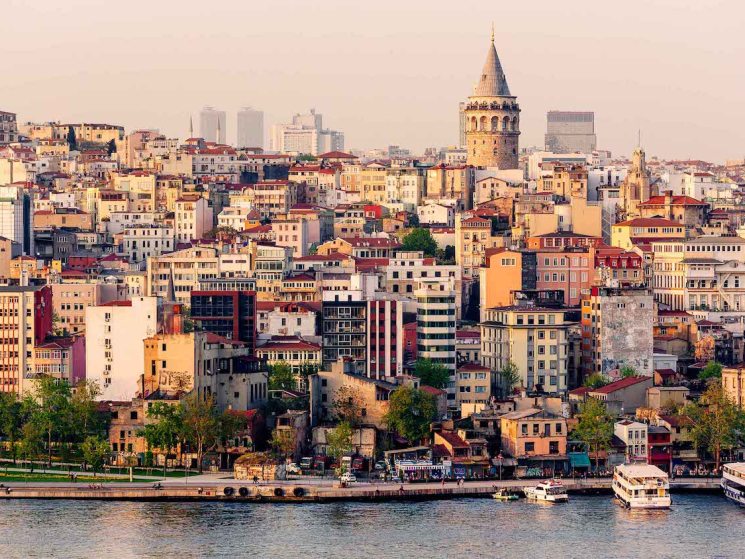Culture
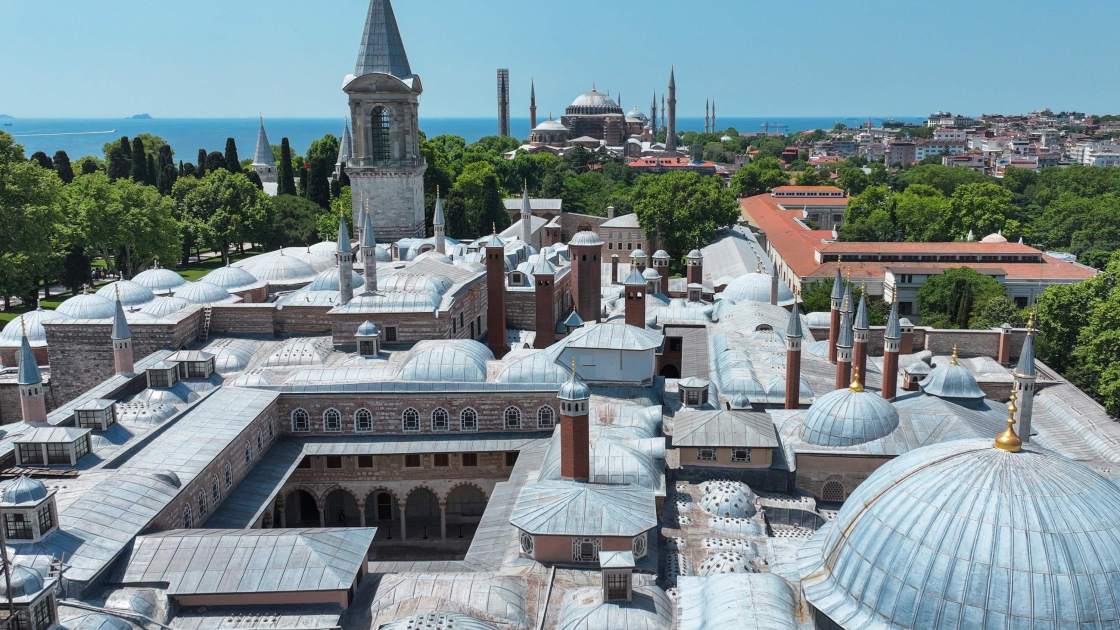
Topkapi Palace, Historic Peninsula
When Ottoman Sultan Mehmet the Conqueror captured Constantinople, he bagged the best bit of real estate for himself. Topkapi is more of a district than a palace, perched on the tip of the historic peninsula. For four centuries the mechanisms of the Ottoman state churned within its walls but Topkapi’s turrets and domes endure as the symbol of Istanbul. Set aside a whole day to stroll through its courtyards, gardens, hammams, the harem, barracks, ministries and living quarters. The city’s excellent archaeological museum is next door but some of its collections are unmatched by the Topkapi’s Iznik tiles that still plaster its walls.
Istanbul Modern, Galataport
The Modern’s Renzo Piano-designed home was worth the wait: it makes the most of its waterfront location with a glass frontage looking out onto the Bosphorus. It’s easy to get lost in one of the world’s greatest urban views but try to turn your back on the vista to see what’s on offer inside. The regularly rotating exhibitions span photography, architecture and fine art, and there are cinema and music spaces too. The museum houses a permanent collection of Turkish-linked artists (including a neon sign by Tracey Emin, whose father was Turkish Cypriot) and hosts regular screenings, events and workshops.
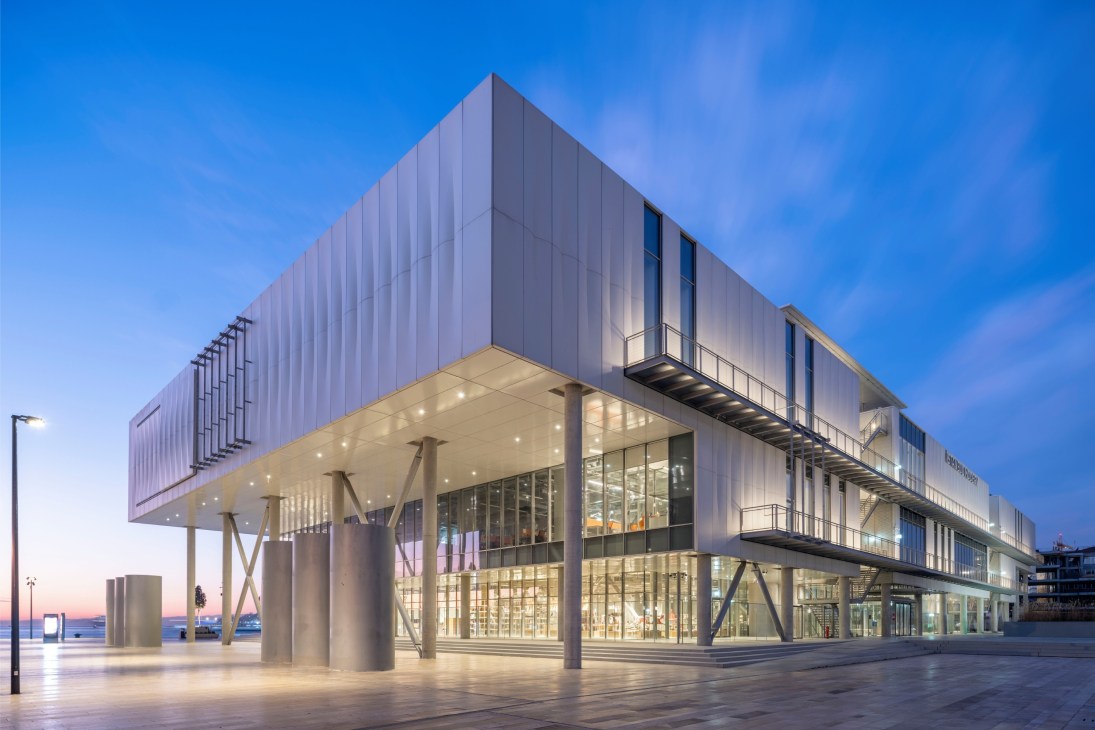
Ataturk Cultural Centre, Taksim
This landmark on Taksim Square has been loved, loathed, politicised and fought over across its 88-year history but its recent reboot is stunning. The original brutalist building was pulled down in 2018 and has been replaced with a glass-fronted modernist structure that opened in 2021. Inside the cavernous entrance lobby, a red-tiled dome houses the 2,040-seat opera salon, a 781-seat theatre and music spaces that host nightly performances by local and international artists. The gallery has some of the best views of Taksim: you won’t miss the colossal new mosque but take a peep at the older church domes behind it.
Gazhane, Kadikoy
An abandoned gasworks made an unpromising prospect for an arts centre: the complex comprised 22 separate production machines, storage units and service buildings. But an inventive restoration by the city council has turned Gazhane into a much-loved multi-use space that includes a museum of caricature and humour, a theatre, exhibition spaces and a climate museum. The gallery kickstarted a revival of the local area when it opened in 2021; check out the nearby vintage stores and bakeries.
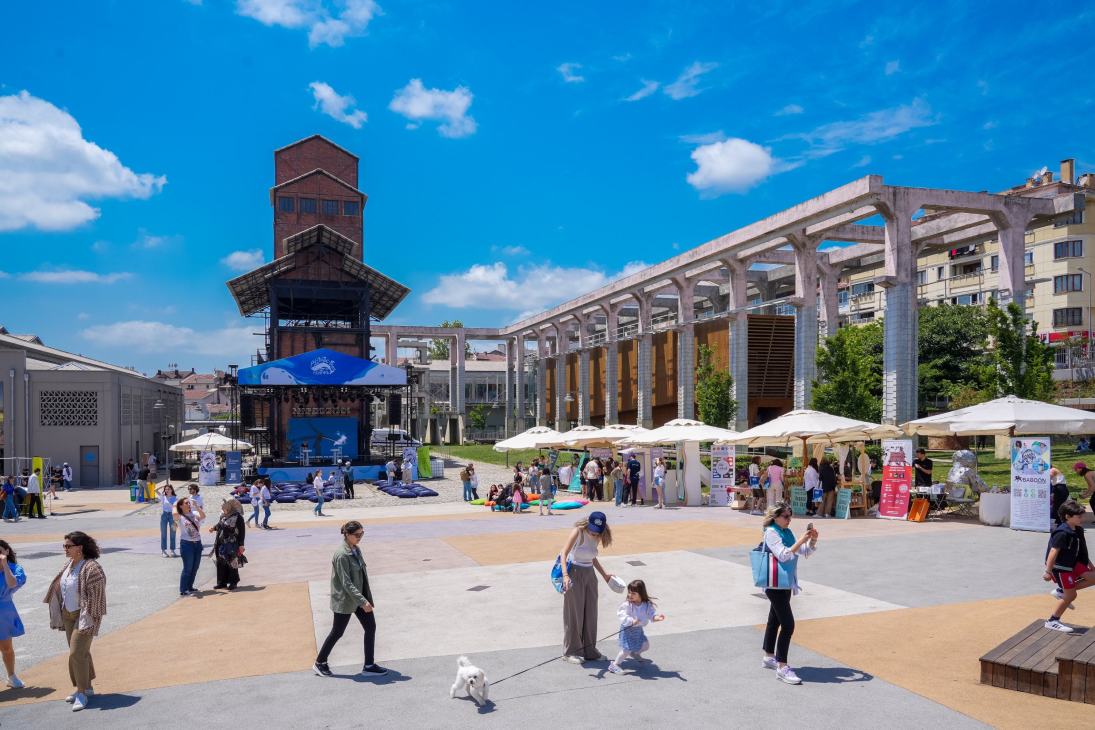
Zeyrek Cinili Hamam, Fatih
Mimar Sinan was the most celebrated of all Ottoman architects, whose commissions from Sultan Suleiman culminated in an impressive portfolio. The Cinili, a tiled hamam in the Zeyrek district, is just down the road from the Blue Mosque (his towering achievement) and one of his earliest treasures. It was commissioned for a naval commander in the 16th century and kept in constant use for hundreds of years. In 2010 it was bought and then faithfully restored by the Marmara Group, a Turkish family-owned development company, who reopened the hammam after 13 years of painstaking renovations. Layers of its history are on display in the adjoining museum but sights are best enjoyed while bathing in the hamam itself.
Hagia Sophia, Historic Peninsula
Hagia Sophia was the biggest building in the world when it was constructed in the sixth century as the seat of eastern Christianity. The Ottomans turned it into a mosque in 1453 and added minarets. Its 55.6-metre-high dome still dominates the skyline today. It’s hard not to be floored by Hagia Sophia’s glorious mosaics and vaulted dome ceiling. If you take a closer look, there are more relics to find, including a Viking inscription believed to read “Halvdan was here” and the gravestone of a Venetian commander who led a crusade in Istanbul in the 13th century.
